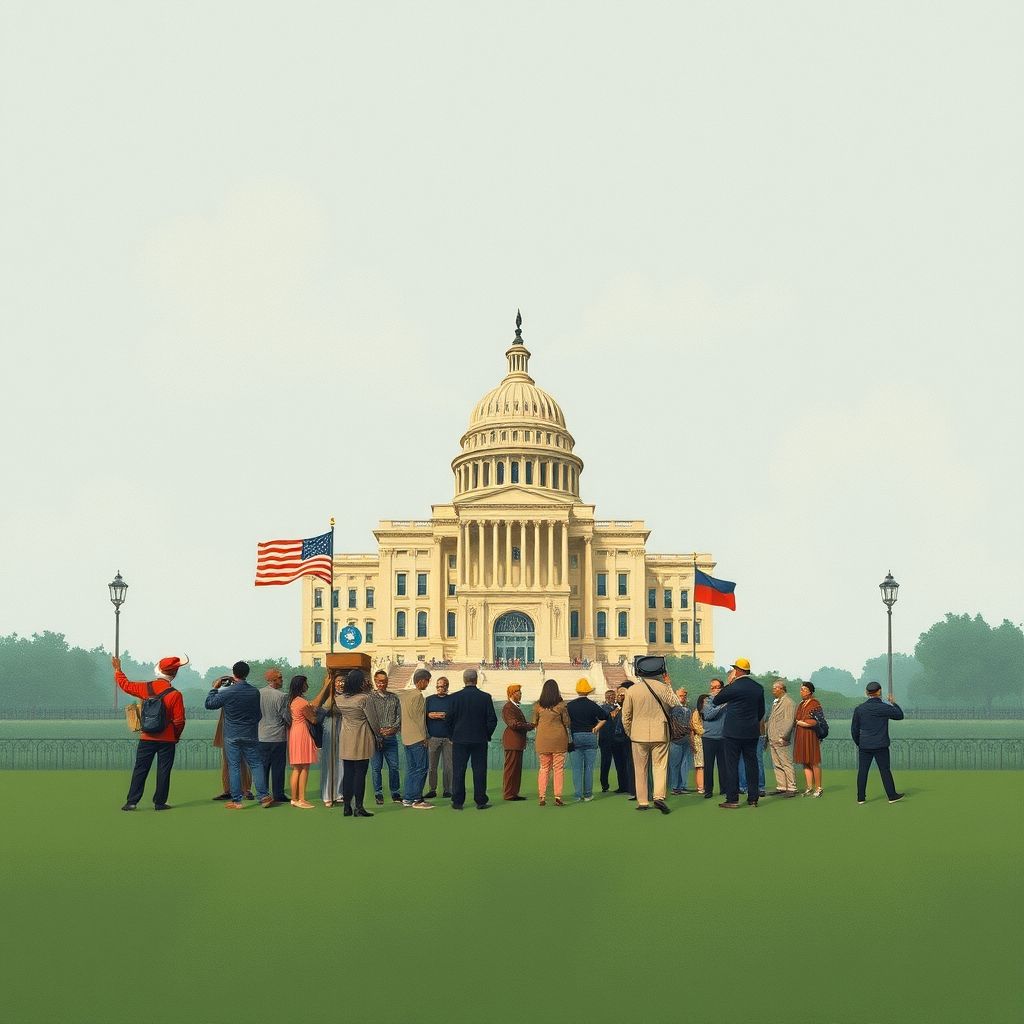
When Opinions Prevail: The Consequences of Media Bias on Democratic Discourse
- admin
- July 14, 2025
- Uncategorized
- 0 Comments
Unveiling the Impact of Partisan Reporting on India’s Democratic Health
In today’s digital age, media bias in India not only shapes public perception but also has tangible effects on the health of its democracy. From influencing electoral outcomes to fostering social divisions, the role of partisan media is a growing concern that demands scrutiny.
Current Landscape of Media Bias in India:
Recent years have seen an intensification of media polarization, with various outlets openly aligning with political ideologies. This trend is increasingly evident during electoral cycles, where coverage often swings in favor of or against specific political entities, heavily influencing voter perception and behavior.
Key Consequences of Media Bias:
- Increased Polarization: Biased reporting is deepening societal divides, pushing the populace into ideologically homogenous groups. This polarization is particularly noticeable on social media platforms, where algorithms amplify echo chambers, limiting exposure to balanced viewpoints.
- Spread of Misinformation: In 2023, several instances highlighted how misinformation, fueled by biased media, misled the public on issues ranging from public health to regulatory policies. This misinformation undermines informed decision-making, a cornerstone of functional democracies.
- Undermining Democratic Norms: Partisan media outlets often skew public discourse away from constructive debates, focusing instead on sensationalism and conflict. Such practices erode trust in democratic institutions and processes, weakening the framework of accountability and transparency essential for democratic governance.
- Public Disengagement: Continuous exposure to biased content has led to a significant increase in public cynicism towards media outlets. A 2023 survey by the Media Trust Index revealed that trust in news sources has fallen to a decade low, with many citizens expressing disengagement from political news, feeling that accurate information is hard to come by.
Efforts to Combat Media Bias:
To address these challenges, several initiatives have been launched:
- Media Literacy Programs: Organizations like News Literacy India Initiative have introduced programs aimed at educating the public on identifying bias and evaluating news sources critically.
- Regulatory Measures: The Indian government has proposed amendments to the Digital Media Ethics Code to include provisions for ensuring that digital platforms adhere to non-partisan reporting. These measures are still under public debate, highlighting the fine balance between regulation and freedom of the press.
- Promoting Ethical Journalism: Media watchdogs and journalist associations are increasingly advocating for adherence to ethical standards in reporting. Initiatives such as the Journalism Trust Initiative launched by Reporters Without Borders are gaining traction among Indian newsrooms, aiming to restore journalistic integrity.
Conclusion:
As India navigates the challenges posed by media bias, the path forward requires a concerted effort from media houses, regulators, and the public. Strengthening the foundations of unbiased and responsible reporting is crucial for maintaining the vitality of India’s democratic discourse. Addressing media bias is not merely a matter of regulatory enforcement but a broader cultural shift towards valuing and upholding the truth in journalistic practices.


